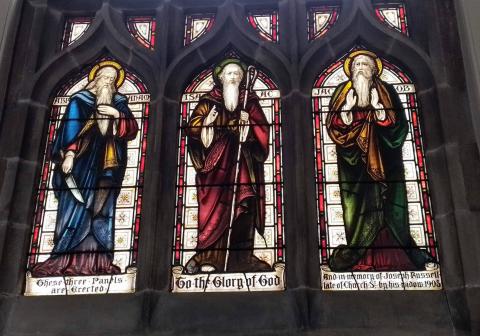Best Carols: Hark the Herald

The king of carols has to be Hark the Herald! Despite its continued popularity in our secular age, it contains the very finest theological explanation for the incarnation. Written by Charles Wesley and edited by George Whitefield, there is little wonder it is one of our best. Wesley had originally intended it to be sung to the same tune as Christ the Lord is Risen Today, but Mendelssohn's majestic melody is far more apt.
Veiled in flesh the Godhead see
Hail the incarnate Deity!
Pleased as man with man to dwell
Jesus, our Emmanuel
This is a magnificent declaration of Messiah’s divinity and fulfilment of Isaiah’s prophecy. ‘God with us‘ was not just a pleasant affirmation of our humanity, it was a prediction of God becoming man.
Mild He lays His glory by
Born that man no more may die
Born to raise the sons of earth
Born to give them second birth
I really, really, don’t know how any one singing these lines cannot understand Christ’s mission and the reason for the season. The tragedy of its modern usage is the loss of the final 2 stanzas, which are richly endowed with scriptural imagery:
Come, Desire of Nations, come,
Fix in Us thy humble Home,
Rise, the Woman's Conqu'ring Seed,
Bruise in Us the Serpent's Head.
Now display thy saving Pow'r,
Ruin'd Nature now restore,
Now in Mystic Union join
Thine to Ours, and Ours to Thine.
Adam's Likeness, LORD, efface,
Stamp thy Image in its Place,
Second Adam from above,
Reinstate us in thy Love.
Let us Thee, tho' lost, regain,
Thee, the Life, the Inner Man:
O! to All Thyself impart,
Form'd in each Believing Heart
In keeping with Wesleyan theology, Charles’ final two verses are about God’s sanctifying work in the believer. Having been saved, the Christian’s heart and life become the living space and throne room of the Eternal God; the likeness of the first Adam is expunged, and the Second Adam’s replaces it.
- Log in to post comments


 Sunday Worship 10.45am & 6.00pm
Sunday Worship 10.45am & 6.00pm